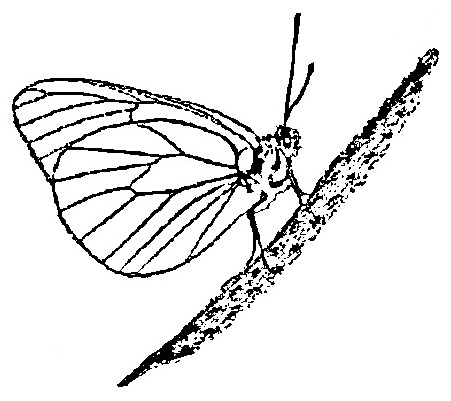|
21. Colias hyale (Linnaeus, 1758) / Pale clouded yellow / Pieridae – Coliadinae
NL: gele luzernevlinder / D: Gemeiner Gelbling, Goldene Acht, Weiβkle-Gelbling, Gemeiner Heufalter / F: soufré
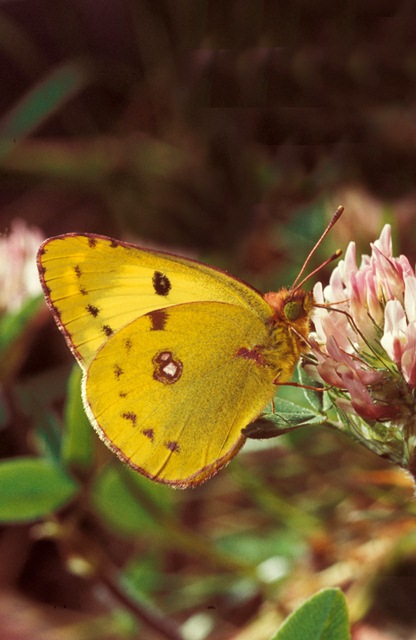 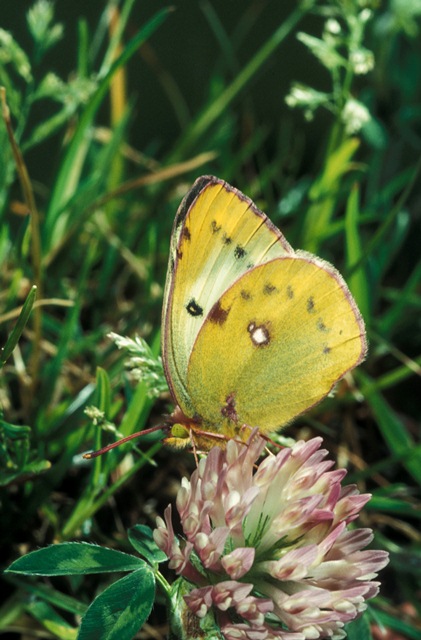 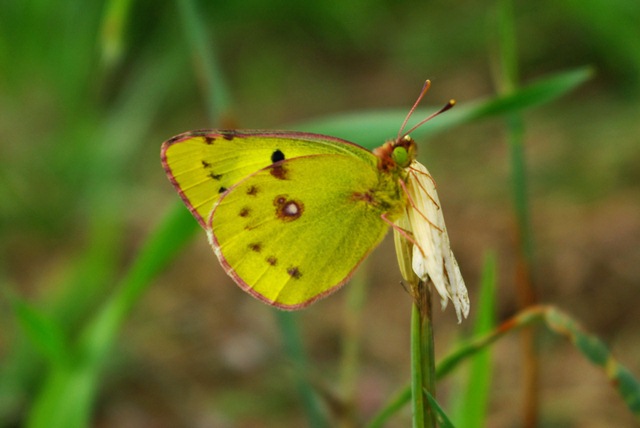
Photographs: Frits Bink ©.
Medium sized, wing length 22 (20-25) mm. The species occurs in the Benelux in Luxemburg and Wallonia on chalk grassland and arable fields where red clover is grown. In Flanders and the Netherlands the species is considered to be a migrant.
Butterfly is on the wing from mid-May until mid-October and peaks early and mid-August, and occurs in sub-continental and severe continental climates, amplitude 8 to 20. For two generations a year it requires a heat sum of 600°d and it survives in climates up to 2000°d, corresponding climate windows 24 weeks and 38 weeks.
Colias hyale occurs in Europe from latitude 40° to 63° north, whereas Colias alfacariensis, a species very similar in the adult stage, occurs from 37° to 52° north.
Ecological characteristics
Behaviour over time
Overwintering: half grown larva, third instar, on the upper side of a leaf near the ground.
Reproduction: oviposition starts after 7-9 days when the body contains about 90 eggs. Estimated potential reproduction 2.3 times as much.
Larval feeding periods: in summer 4 weeks in period June until September, the overwintering generation 30 (27-34) days in autumn from end-August until early-October and in the next spring 40 (29-66) days from early-March until mid-May.
Generations: two, or three in warm summers.
Spreading of risk: facultative diapause in larval stage.
Life cycle: egg 5 (4-7) days; larva in summer 25 (18-25) days, 33-37 weeks in overwintering generation; pupa 11 (8-15) days.
Life span of adult: rather long, 3 weeks.
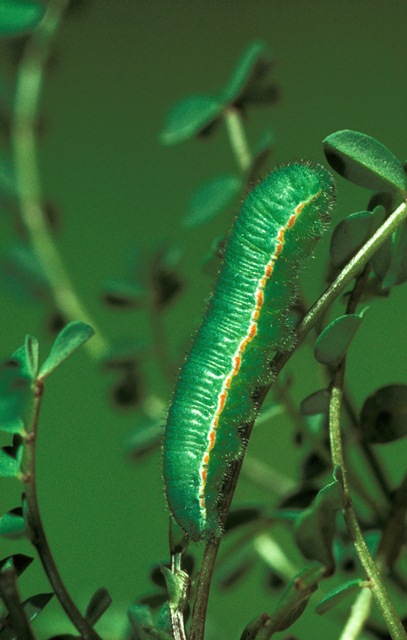 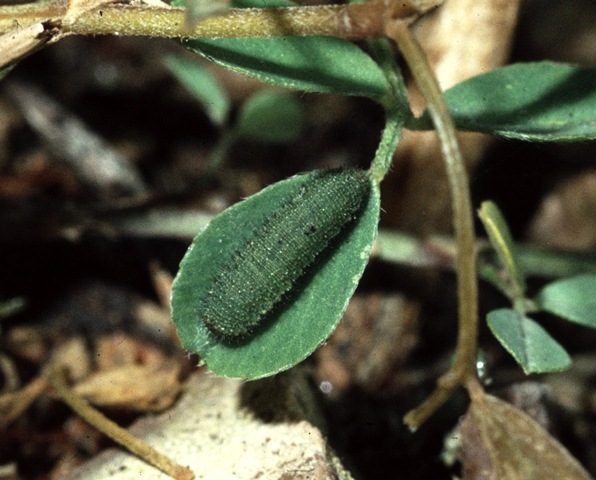
Photographs: Frits Bink ©.
Behaviour in space
From stay-at-home to migrant: nomad, which likes to stay a couple of days at a favoured site.
Finding a mate: male patrols over the breeding site where females are expected.
Orientation in the landscape: males use landmarks for orientation during patrolling, females look for open fields with patches of bare ground where young host-plants grow.
Oviposition: on leaf or stem of the host.
Defence
Threats from other organisms: no special defence, adults appear to be protected from avian predators.
Threats from the environment: the occurrence of this species is restricted to dry and sunny localities and consequently it may be vulnerable to humid weather.
Feeding habits
Adult: nectar of all kinds of flowers.
Larva: prefers mature leaves rather than young sprouts.
Larval foodplants
Plant species: Fabaceae, e.g. Hippocrepis comosa, Medicago sativa, Securigera varia, Trifolium pratense.
Journal
Rearing experiments based on specimens from Djupwick, Öland, Sweden:
17 August 1983: capture of a female.
18/19 August: 90 eggs laid.
25 August: eggs hatch.
13 September: larvae in moult L2-3.
18 September: all larvae in L3, little activity.
25 September: most in diapause.
Overwintered outdoors
5 February 1984: one larva was basking on Hippocrepis.
14 February: three larvae started feeding.
7 March: larvae in L4.
19 March: larvae in moult.
1 April: last larvae moulted.
9 April: first pupa.
17 April: second pupa.
21 April: last one pupated.
24 April: first adult appeared.
3 May: second one appeared.
5 May: last one appeared.
Table 21-1. Results of dissections

Table 21-2. Collection and observation localities
L, Friedboesch 448 m, 49° 56 38”N – 6° 03’15”E; 23 September 2011.
L, Kautenbach 240 m, 49° 56’ 25”N – 6° 01’ 34”E; 23 May 2000.
F, Lorraine, Jaulny 209 m, 48° 57’ 55”N – 5° 52’ 52”E; 8 July 2006.
F, Wintzfelden, 351 m, 47° 59’ 01”- 7° 12’ 32”E; 3 September 1981.
S, Öland, Djupvik 57° 00’ 57”N – 16° 49’ 26”E; 17 August 1983, 28 August 1983.
Fig. 21-1. Colias hyale, phenogram adapted from Fichefet et al. 2008: 79.
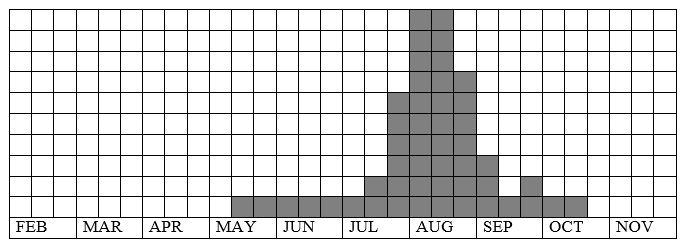
Fig. 21-2. Colias hyale, habitat characteristics.
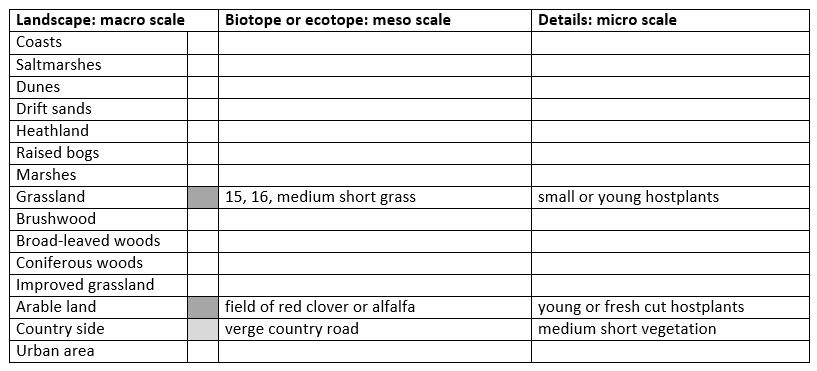
Fig. 21-3. Colias hyale, climate matrix, heat-sums 600 (2 gen.) - 2000°d.
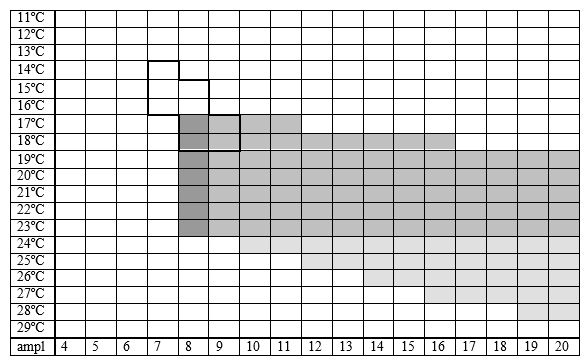
|

